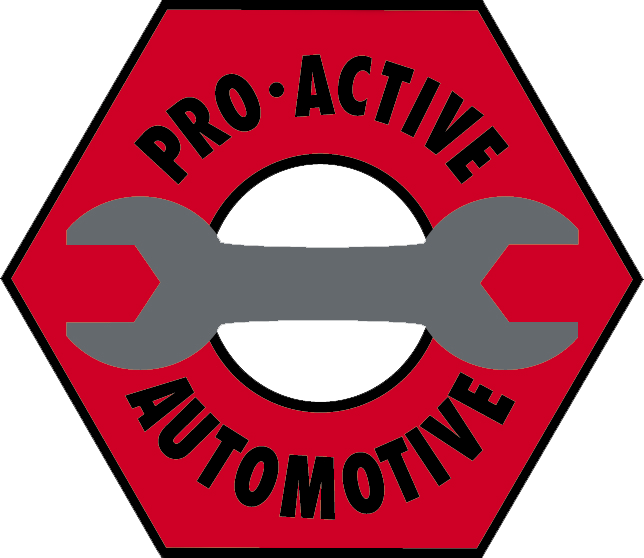What is a timing belt and what does it do?
The timing belt is a belt that is cogged instead of v-grooved or ribbed like you might be used to seeing on your vehicle. The purpose of the belt is to drive the camshaft in perfect time with the crankshaft. The camshaft and crankshaft have to be timed perfectly in order for the engine to run properly – a stretched or loose belt can affect your engine’s efficiency. Sometimes the timing belt drives more than one camshaft depending on the engine configuration and it may also drive other components such as pumps and balance shafts.
Do all engines have a timing belt?
No, not all engines have timing belts. If a belt is not used then a timing chain is used to do the same function. There are advantages and disadvantages to both but that’s another topic… It appears that more of the newer engine designs are moving towards a chain system, but the question here is does your vehicle have a belt and if you aren’t the original owner – has it ever been done?
Why is it so critical?
As mentioned, optimal engine performance can be affected but the real risk is that a broken or skipped timing belt will leave you stranded wherever it fails. And if your engine is an interference engine, it can be catastrophic to the entire engine!
When should they be replaced?
The rule of thumb for replacing timing belts has changed slightly – up to the year 2000, manufacturers recommended replacing it every 96,000 km; but after 2000, they extended the timeframe to 150,000 km. It is best to follow the manufacturer’s recommendation based on mileage. Sometimes a number of years for replacement is also suggested but typically mileage is the best gauge. If the belt has been replaced then hopefully there is a sticker in the engine compartment indicating the mileage and date that it was done.
Can the belt be inspected?
The belt can be inspected but the problem here is that they are rarely easily accessible and most times you might as well use the time spent doing the inspection with replacing the belt. The other issue can be that the belt might appear to be in good condition on the outside but still have cogs that are ready to fail that can’t be seen. Making the decision to replace based on an inspection can be risky.
If you are unsure if your ride has a timing belt, consult your Owner’s Manual or contact us at Pro-Active Automotive and let us help you out!



